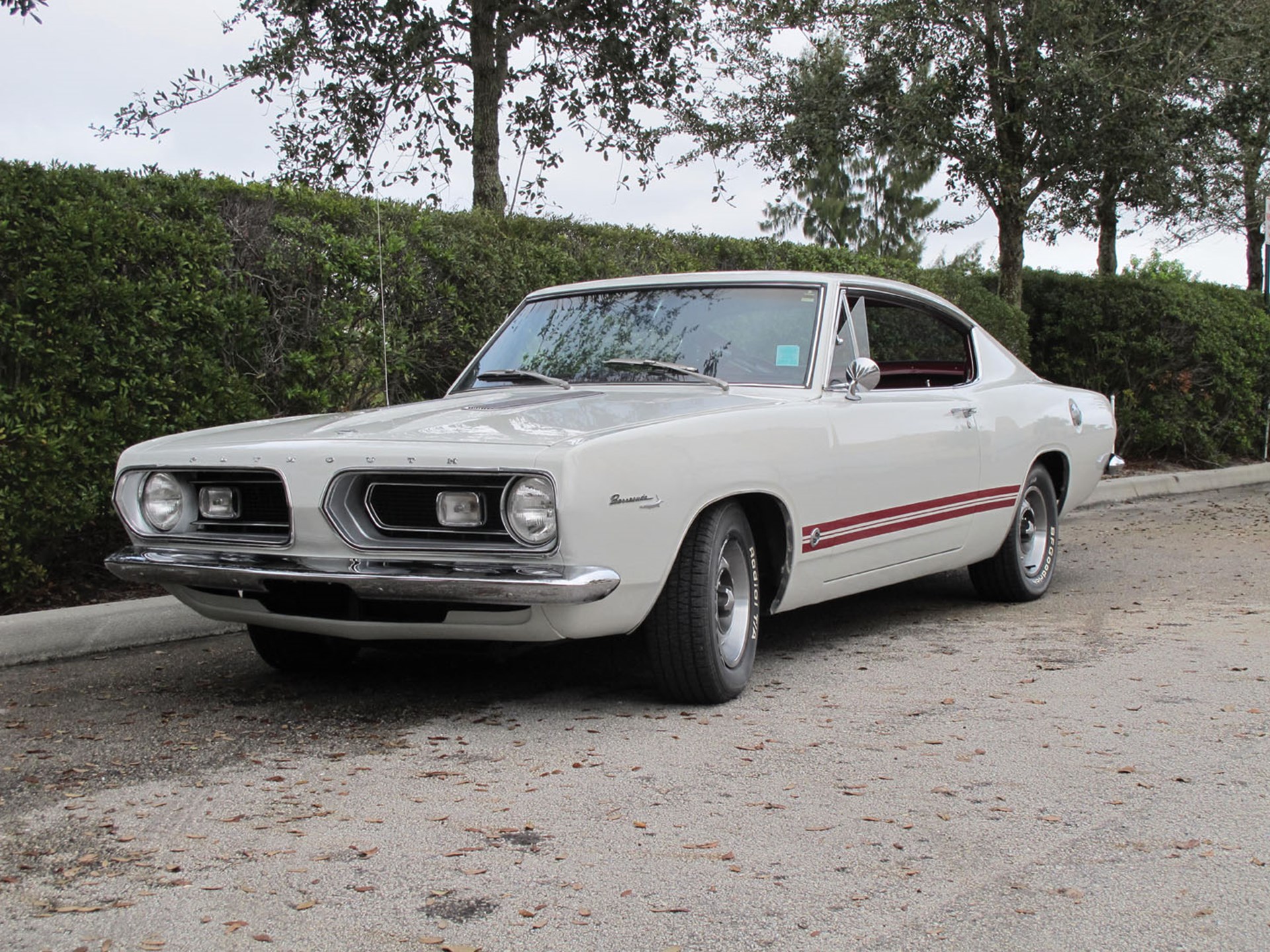The 1967–69 Plymouth Barracuda is a surprisingly affordable pony car
Ford took its compact Falcon platform and turned it into the Mustang, creating a sales sensation and lending its name to the pony car segment, but Plymouth took the same route to create the Barracuda from the Valiant and beat Ford to market. Being first wasn’t enough, however, as Mustang quickly established itself as the nation’s favorite pony car and it seems that early Barracudas never got the attention they deserve.
The good news is that Barracudas can be good fun on the cheap. But if values are going to increase in the future, younger buyers are going to have to come to this realization very soon.
As Mustang evolved the same basic style into the ‘70s, Plymouth launched the second-generation Barracuda with a completely new body that shed all remnants of its Valiant roots save for its A-body underpinnings, something Mustang had done from day one. The fluid style of the ’67 Barracuda better matched its namesake and its new, notchback body style joined a gorgeous fastback and convertible to better compete with Mustang’s similar offerings. They still remain overshadowed by the E-body Barracuda that followed, as the last of the A-body Barracudas have dropped from 47 to 38 in our Hagerty Valuation Rating due to weak demand from younger buyers. That’s all despite affordable pricing for most variants.
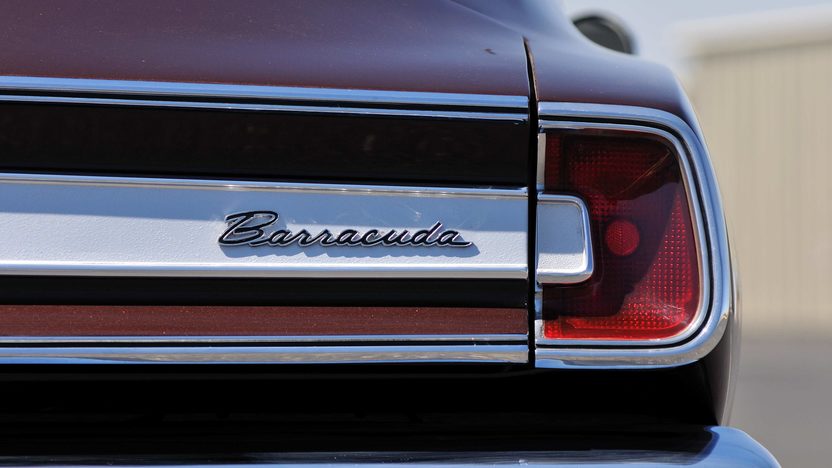
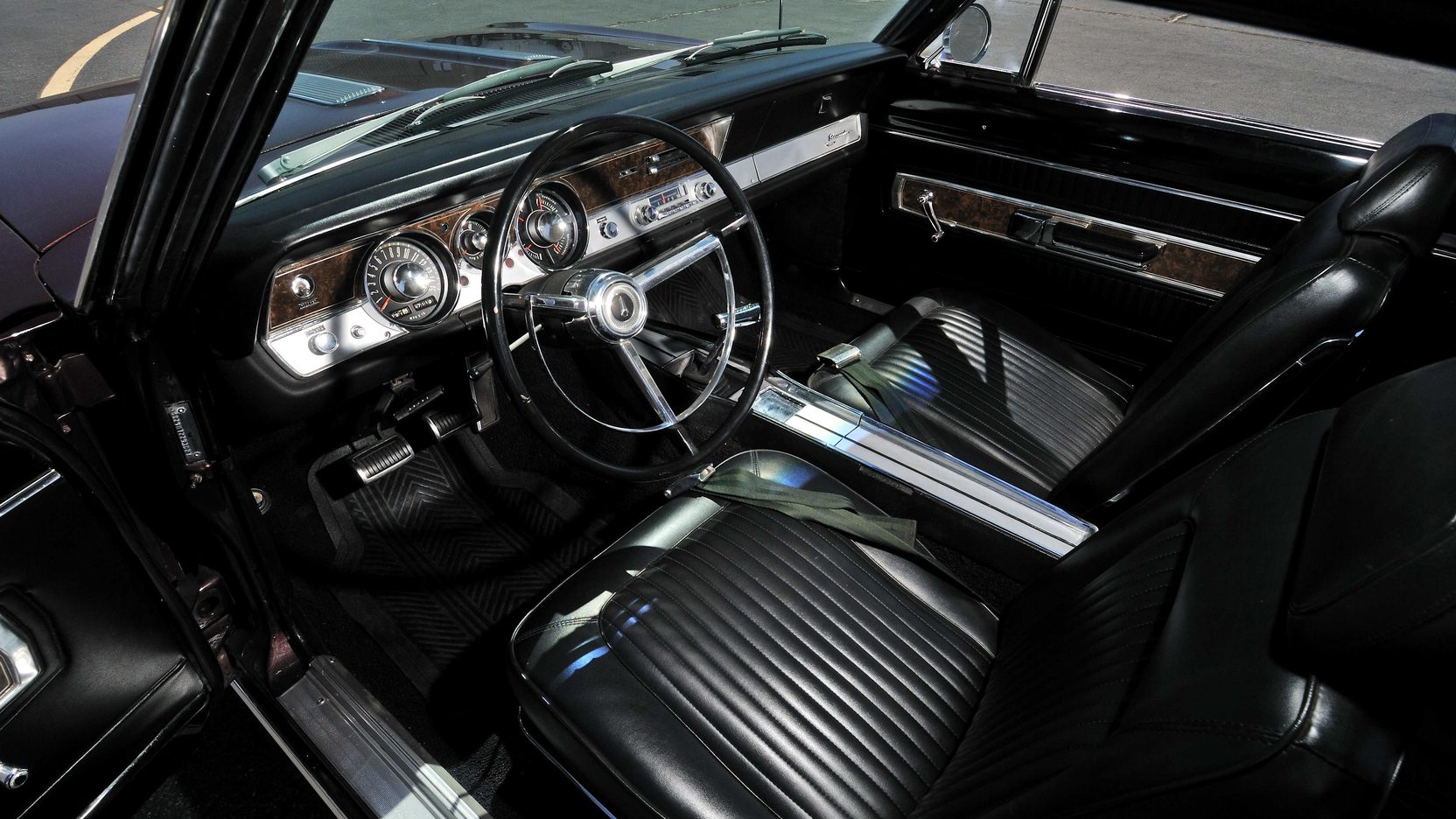
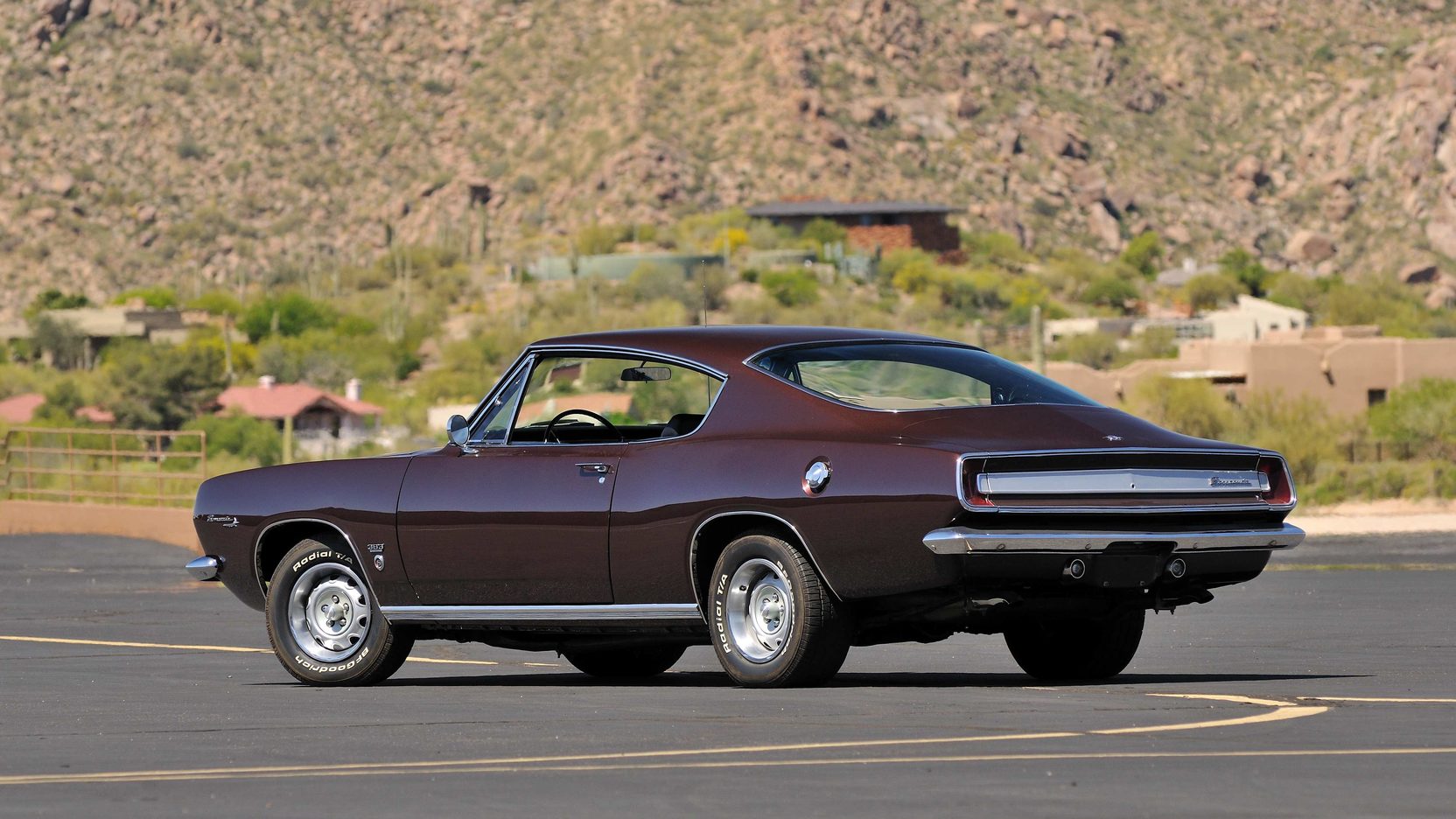
[Editor’s note: The latest Hagerty Vehicle Rating uses insurance quoting activity, the number of new policies purchased, sales data, auction activity, and other metrics to rank vehicles compared to the overall collector car market. Based on a 100-point scale, a vehicle that matches the overall trend of the collector market will score 50. Those that are trending better will score higher. The models here are the 25 lowest scores, which means they are well below the market average.]
Valuation specialist Andrew Newton notes, “Price trends vary by engine and year, but on average the median #2 value is up 7.5 percent over the past three years.” That’s continuing a trend that has them up nearly 15 percent over the past 10 years.
As with other muscle-era Mopars, colors and options can have a high impact on price, like the 1969 Barracuda that sold from the Steve Juliano collection in May 2019. The Formula S notchback came with the high-winding 340 small-block and the rare Mod Top roof and interior and brought $440,000, making it the most expensive example of second-generation Barracuda ever sold.
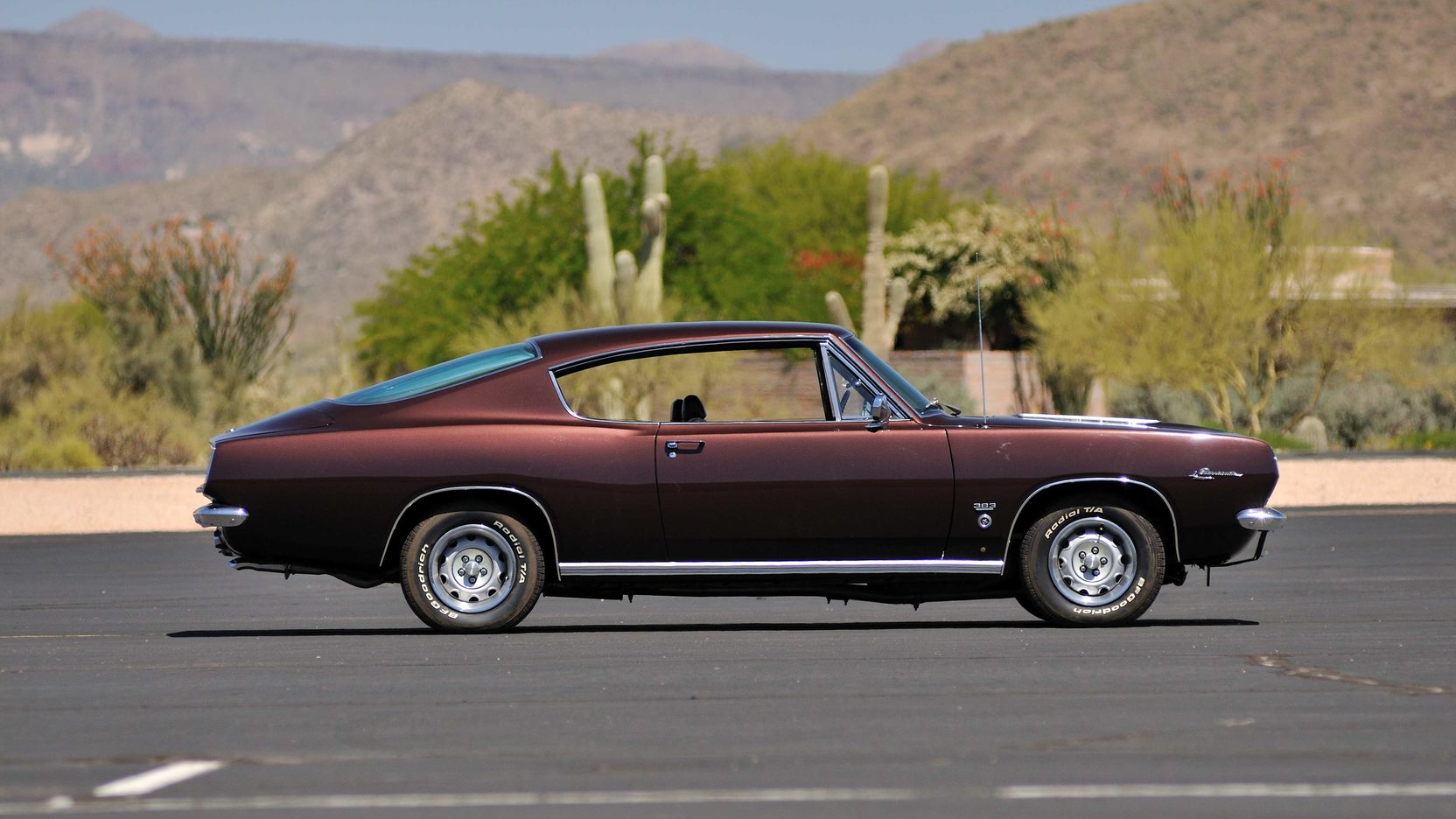
The highest valued of the breed is the 1968 Super Stock Barracuda, a limited-production drag strip terror equipped with a 426-cubic-inch Hemi V-8. Incredibly rare, they’re the only models that reach six figures, making the rest of the three-year run almost shockingly affordable for anyone used to looking at ’70 and ’70 ‘Cuda prices. For example, a 1967 Barracuda Formula S fastback has a #3 value of $16,900. In general, fastbacks are more desirable than notchbacks, commanding a premium of anywhere from a few hundred dollars to $15,000 for the most valuable of the regular-production breed, the 1969 ‘Cuda 440.
Similar to the rest of the muscle car market, the demographics of Barracuda owners are weighted more towards Baby Boomers, who make up 45 percent of Hagerty insurance quotes—slightly higher than the rest of the collector car market as a whole, while Millennials make up less than 14 percent, more than a third lower than average. The other aspect that’s driving the Barracuda down the Hagerty Vehicle Rating is that the number of quotes is slightly down over the past three years, while they’ve increased for most vehicles.
With affordable, attractive V-8 models available and a healthy enthusiast community and aftermarket catering to their restoration and racing, there seems to be no good reason why these sporty, nimble cars can’t move out of the shadow of their E-body successors. If younger collectors discover this affordable niche of Mopar muscle, their position in the marketplace could turn around.

